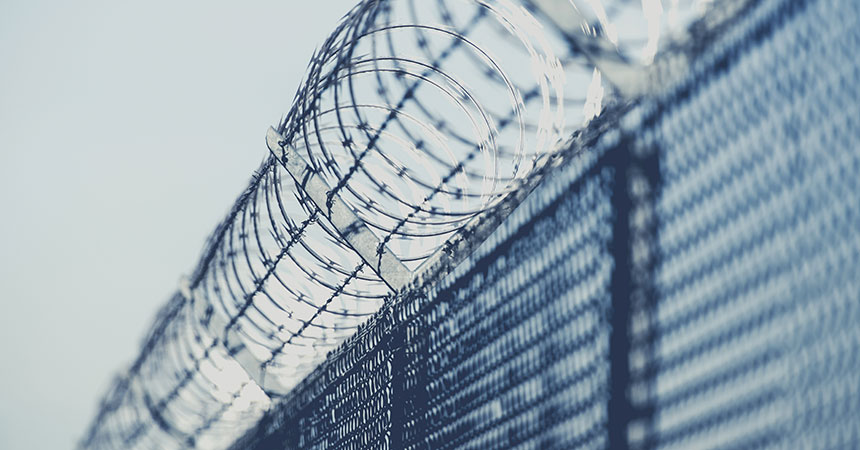Australia has fewer criminal offenders but more people in prisons - Productivity Commission - 18 Oct 2021 - written by Commissioner Stephen King
Australia’s rate of growth in imprisonment is out of line with other developed countries. UN data show that Australia’s growth rate in imprisonment was the third highest among OECD countries between 2003 and 2018 – exceeded only by Turkey and Colombia.
Put simply, we have fewer criminal offenders, but more people in prison.
How do we explain this?
The answer matters. Prisons are a key part of the criminal justice system and help keep the community safe. But:
- Prisons are expensive, costing Australian taxpayers $5.2 billion in 2019‑20 - more than $330 per prisoner per day. If Australia’s imprisonment rate had remained steady, rather than rising over the past twenty years, the accumulated saving in prison costs would be about $13.5 billion today.
- While there were 40,000 Australians in prison on 30 June 2020, many more flow through the prison system over the course of a year. Around 60 per cent of those in prison have been there before and around one third of convicted prisoners receive a prison sentence of less than six months. So, a substantial sub-group of the Australian prison population appears to be stuck in a prison-crime-prison revolving door.
The Productivity Commission has been looking at these issues. We will release some research in coming weeks. Our work shows that imprisonment rates differ across the country: the level is much higher in the Northern Territory than any other jurisdiction. Western Australia also has a much higher imprisonment rate than other states: around fifty per cent higher than Queensland, New South Wales and South Australia.
But all jurisdictions have seen rising imprisonment. The drivers vary. There is no simple common factor.
Imprisonment could rise despite falling offender numbers if the types of crime were changing. If offenders were committing more violent offences and more multiple offences, then prison sentences, and the number of people in prison on any day, could rise even though the total number of individual offenders fell. Our work shows that this composition of crime effect may be a key driver in some jurisdictions, but not Australia wide.
If the composition of crime cannot explain the numbers, then they must be driven by changes in criminal justice policy. Are we changing the role of the court system by taking more offenders to court and are the courts finding more offenders guilty? Are we using prisons more as a means of punishment, sending more offenders to prison and for longer sentences?
In fact, all these changes have occurred, but policy changes are driving prison numbers in different ways and in different directions across different parts of Australia.
Analysing prison policy is only useful if there are alternatives, at least for low-risk offenders, that provide appropriate punishment and deterrence, keep the community safe, but reduce long-term costs to taxpayers. A range of options have been trialled both in Australia and overseas. For example, home detention, with strict electronic monitoring and supervision has been found to cost around one-fifth of imprisonment. It can result in a long-term improvement to community safety due to reduced reoffending. Linking home detention with programs, such as mental health, alcohol and drugs treatment, can potentially increase the gains, as prisoners can re-enter society ready to hold down employment and contribute, rather than cost.
Prison policy has moral and ethical components. There are community expectations around a just and fair justice system. The Productivity Commission will not address these important issues. But our research does highlight the cost to taxpayers of changes to prison policy over recent decades. Increasingly, the question for our community is whether Australia’s current prison policy is providing the best value outcomes for Australia. And, if not, what are the alternatives that we should be trialling to get better value for taxpayers’ money while keeping Australia safe.
This article was written by Commissioner Stephen King.
 The
past 40 years has seen a steady rise in the level of imprisonment in
Australia and the imprisonment rate is at the highest level in a century.
The number of prisoners per 100,000 adults has more than doubled since the
mid-1980s and increased by 40 per cent from 2000 to 2018.
The
past 40 years has seen a steady rise in the level of imprisonment in
Australia and the imprisonment rate is at the highest level in a century.
The number of prisoners per 100,000 adults has more than doubled since the
mid-1980s and increased by 40 per cent from 2000 to 2018.